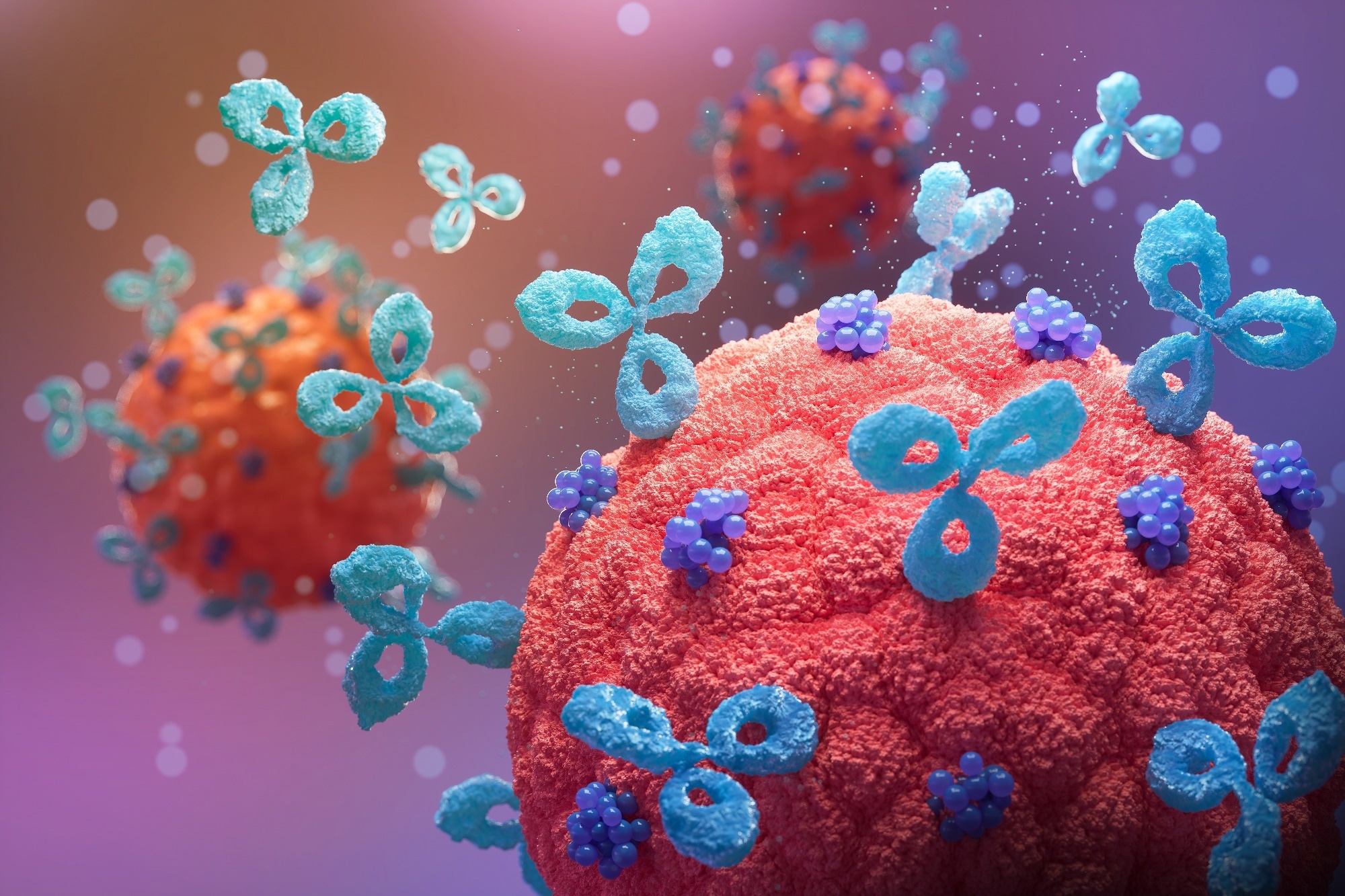Reviewed by Lauren HardakerOct 13 2025
A novel tool created by researchers at Weill Cornell Medicine and the University of Adelaide has improved the capacity to monitor multiple gene mutations while concurrently recording gene activity in individual cancer cells.
 Image credit: Anusorn Nakdee/Shutterstock.com
Image credit: Anusorn Nakdee/Shutterstock.com
This technology, which is now capable of using various types of pathology samples and efficiently processing large quantities of cells, has allowed the researchers to gain new insights into the evolution of cancers towards increased aggressiveness and resistance to therapy.
The study was published in Cell Genomics. The innovative tool known as GoT-Multi represents a significant advancement over its predecessor, GoT (Genotyping of Transcriptomes). While GoT was groundbreaking, it faced limitations in detecting specific gene mutations and the total number of mutations it could identify simultaneously, and it was confined to the use of fresh or frozen tissue samples.
In contrast, GoT-Multi effectively addresses these challenges and is capable of processing tissue samples that have been preserved with a chemical known as formalin and embedded in wax. This type of sample constitutes a substantial scientific resource in pathology laboratories across the globe. The researchers underscored the potential of GoT-Multi by employing it to uncover new insights into the evolution of a relatively indolent leukemia into a more aggressive lymphoma.
This technology gives us substantial new power to answer important questions about how cancers evolve, from the beginnings of pre-cancerous neoplastic outgrowths to transformation into malignancy and finally to therapy resistance.
Dr. Anna S. Nam, Study Co-Senior Author and Assistant Professor, Pathology and Laboratory Medicine, the Gellert Family/John P. Leonard, M.D. Weill Cornell Medicine
The study's other co-senior author was Dr. Luciano Martelotto, an associate professor and team leader at the Adelaide Centre for Epigenetics, University of Adelaide. Postdoctoral fellows Dr. Minwoo Pak and Dr. Mirca Saurty-Seerunghen from Dr. Nam’s laboratory co-led this work.
Dr. Nam oversaw the creation of the GoT tool during the late 2010s while working as a postdoctoral researcher in Dr. Dan Landau's laboratory.
GoT and GoT-Multi are recognized as "single-cell multi-omics" tools because they allow researchers to capture various layers of information from individual cells.
Showcasing GoT-Multi’s distinctive capabilities, the researchers used it on tissue samples, including a type they had previously been unable to analyze, from patients with chronic lymphocytic leukemia who were transitioning to the more aggressive large B-cell lymphoma, a process referred to as the Richter Transformation.
This tool enabled the researchers to profile tens of thousands of individual tumor cells, monitoring the presence of over two dozen different gene mutations and observing how these mutations correlated with the cells' activities. Some exhibited accelerated growth, while others contributed to inflammation as the cancer progressed. In summary, GoT-Multi shed light on this malignant evolution like never before.
The researchers are currently using GoT-Multi on a substantial group of therapy-resistant lymphomas and for mapping the progression of other cancers and precancerous conditions. The team anticipates that the insights gained from GoT-Multi will propose novel therapeutic approaches.
Source:
Journal reference:
Pak, M., et al. (2025) Co-mapping clonal and transcriptional heterogeneity in somatic evolution via GoT-Multi. Cell Genomics. doi.org/10.1016/j.xgen.2025.101036